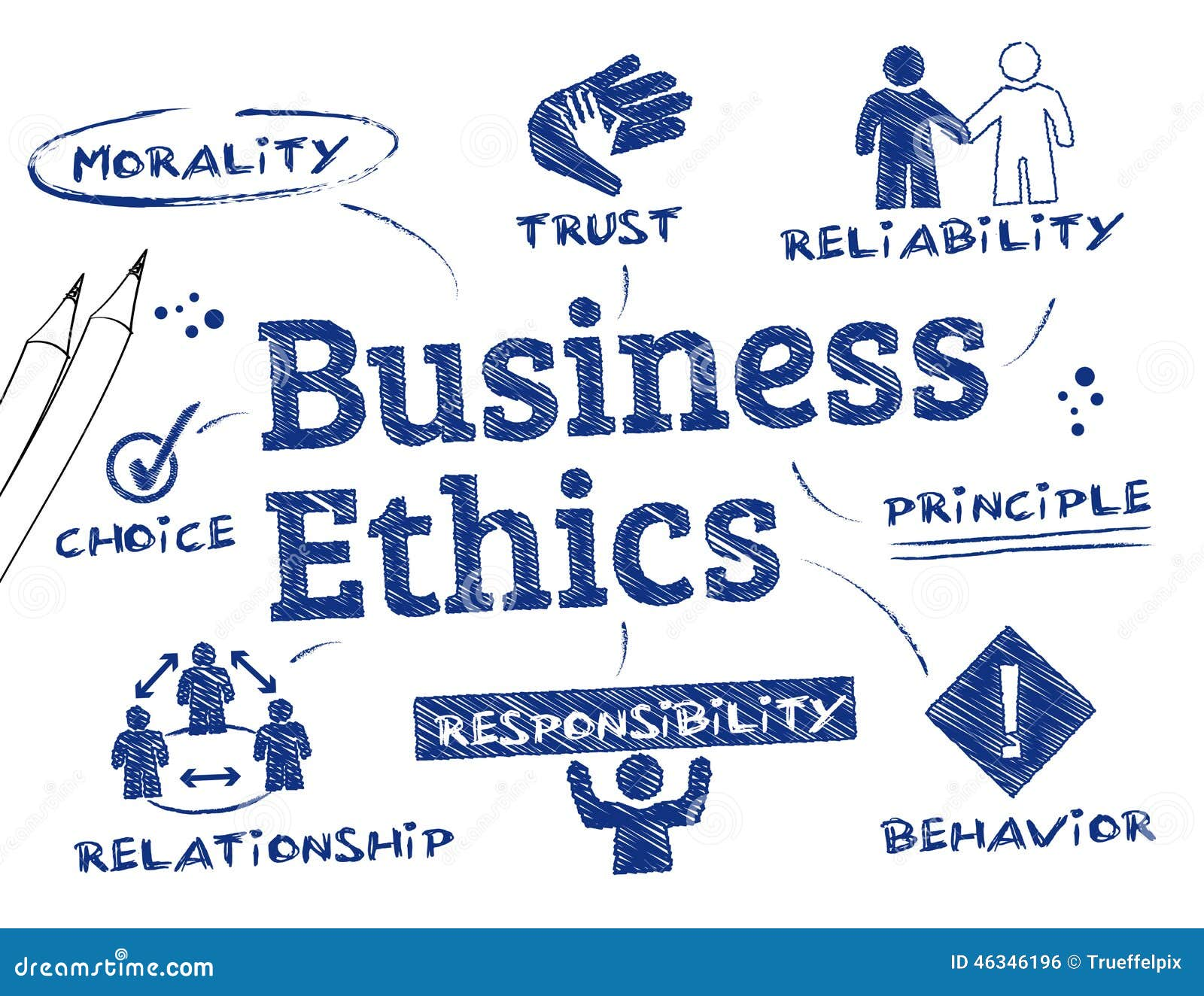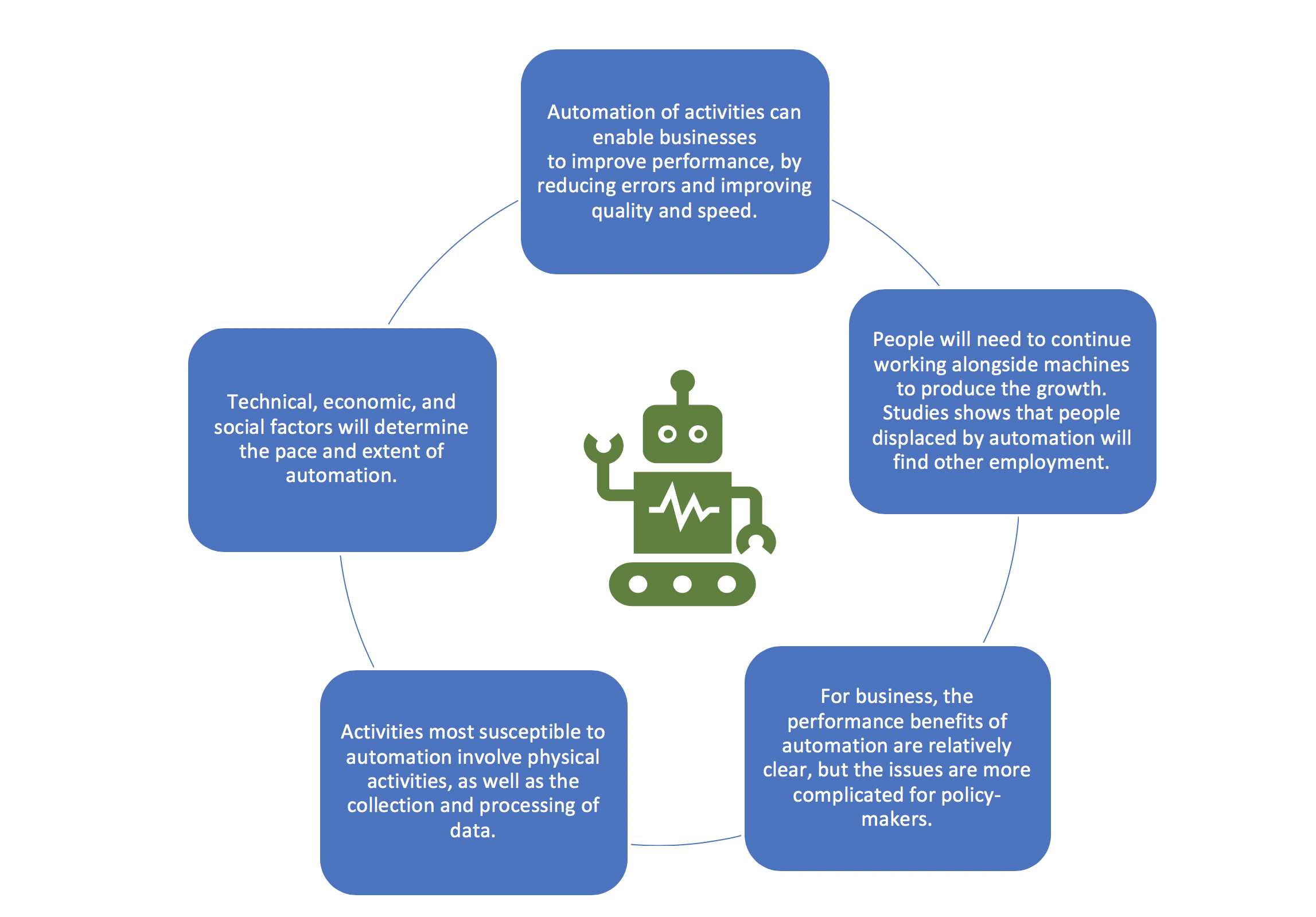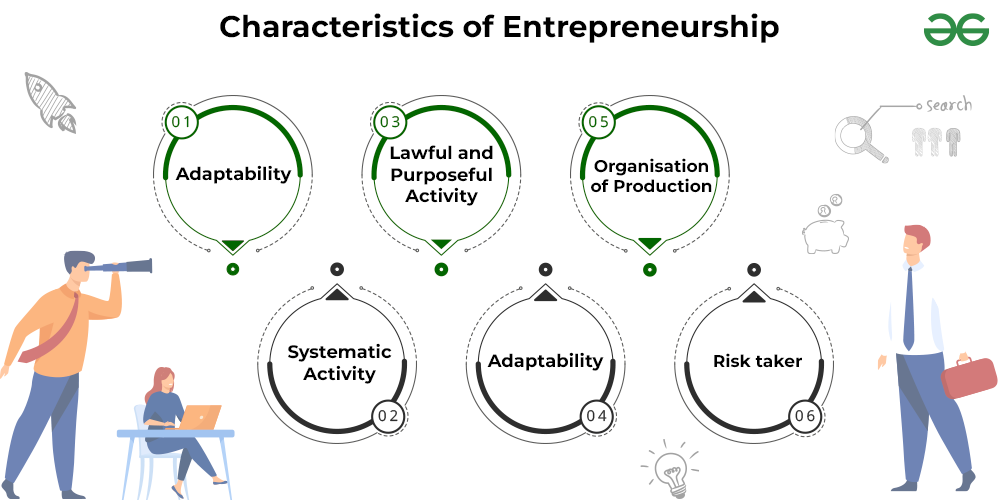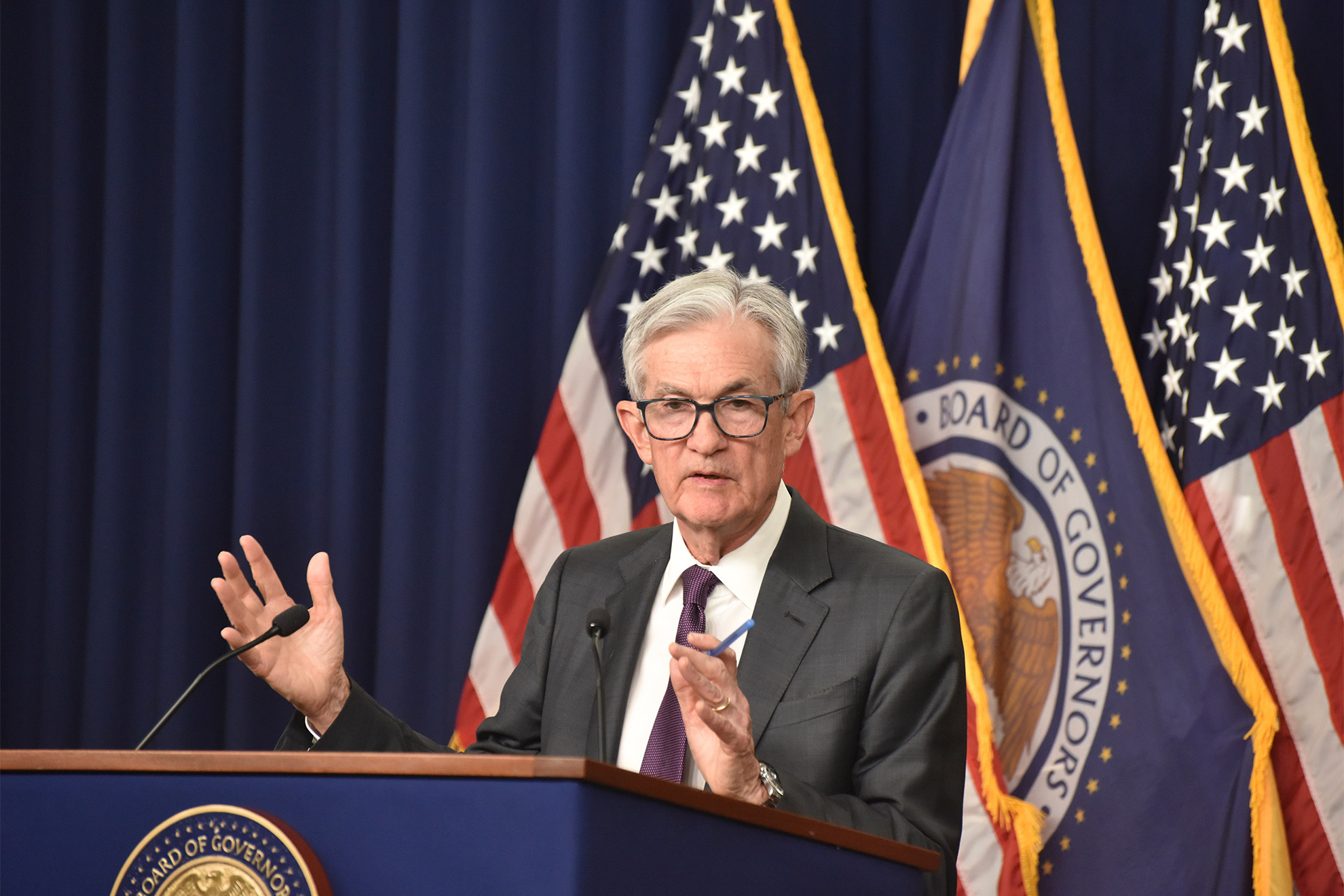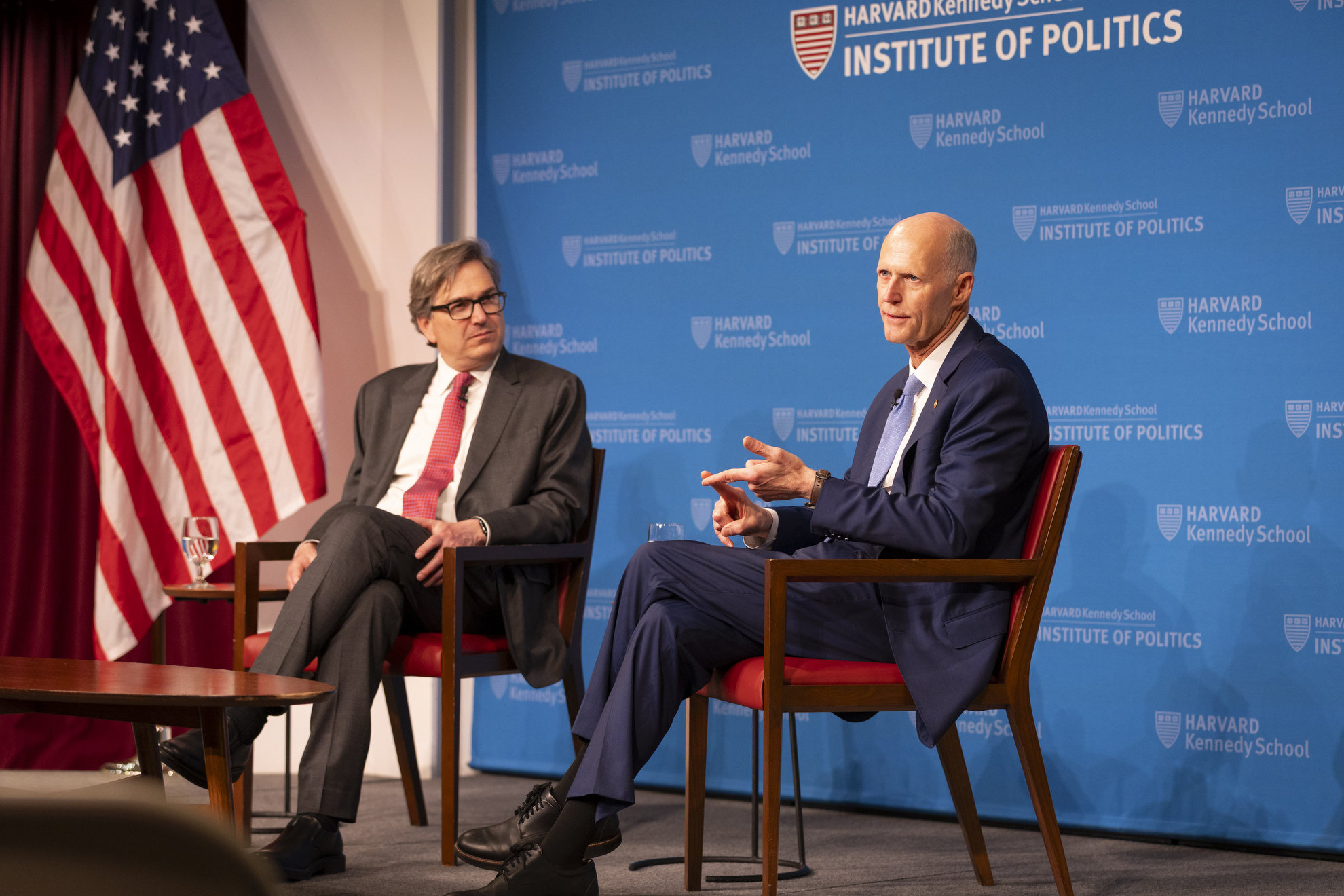The U.S. economy is currently navigating a turbulent landscape, marked by concerns over trade war effects and potential recession risks. Recent shifts in tariff policies, especially in response to actions from China, Mexico, and Canada, have sparked worries among investors and analysts alike. The University of Michigan’s consumer sentiment index has plummeted, reflecting a decline in economic confidence that could signal a downturn. As the Federal Reserve grapples with the decision to alter interest rates amid fluctuating market conditions, the weight of these uncertainties looms large. Understanding the intricate dynamics of the U.S. economy is crucial as it shapes national policy and impacts the lives of countless citizens along the way.
America’s economic landscape is undergoing significant challenges as analysts scrutinize the potential repercussions of ongoing trade disputes and fluctuating market sentiments. With the recent shifts in tariff strategies drawing attention, the implications for fiscal stability are becoming increasingly urgent. Economic indicators such as consumer confidence levels are signaling growing unease about the future, raising the potential for a downturn reminiscent of past recessions. As policymakers, including the Federal Reserve, consider the balancing act of interest rates, it is essential to address not just immediate concerns but also the long-term health of the nation’s financial systems. Analyzing these factors is vital for understanding the broader context of America’s financial environment.
Understanding the Impact of Tariffs on the U.S. Economy
Tariffs have emerged as a controversial tool in U.S. economic policy, particularly under recent administrations. As countries like China, Mexico, and Canada enact tariff retaliations, the implications for the U.S. economy become critical. Tariff policies are often justified on the grounds of protecting domestic industries and promoting job growth, but they invariably lead to increased prices for consumers and potential disruptions in international trade relations. As a result, many economists warn that these measures might escalate trade war effects, driving the U.S. economy towards uncertainty and economic instability.
The long-term consequences of increased tariffs can be detrimental, with many analysts predicting that a prolonged trade war could culminate in a recession. The complexities of the trade relationships and the interconnectedness of global markets mean that U.S. businesses and consumers alike bear the burden through heightened costs and potential job losses. With consumer sentiment increasingly fragile, the fear is that ongoing tariff disputes will dampen economic growth and drive the nation further into recession.
Federal Reserve Interest Rates: Balancing Growth and Inflation
The Federal Reserve plays a crucial role in steering the U.S. economy, particularly during times of uncertainty characterized by fluctuating market conditions and trade war effects. As the central bank contemplates interest rate changes, it faces a delicate balancing act. Lowering interest rates could spur economic growth by making borrowing cheaper, which could support investment and job creation. However, maintaining or increasing rates might be necessary to keep inflation in check, especially in light of rising consumer prices due to tariffs.
This dilemma is further complicated by the current environment of heightened risk perceptions within financial markets. Vigilance from the Federal Reserve is essential to manage inflation expectations while also fostering consumer and business confidence. A reduction in interest rates may indeed help stimulate consumer spending, but if inflation begins to surge as a consequence of tariffs and supply chain disruptions, the Fed might be compelled to adjust its stance again. This cyclical challenge underscores the importance of strategic policy decisions in shaping the economic landscape.
Consumer Sentiment Index: A Reflection of Economic Confidence
The University of Michigan’s consumer sentiment index has served as a critical barometer for the health of the U.S. economy, revealing consumer attitudes towards economic conditions and spending. Recently, as sentiment has plummeted to its lowest levels since November 2022, it signals rising concerns among consumers about the stability of the economy amidst ongoing trade wars and fluctuating Federal Reserve interest rates. Consumer sentiment directly impacts retail spending, which is a substantial driver of economic growth, indicating that a pessimistic outlook among consumers could further exacerbate recession risks.
When consumers feel uncertain or anxious about economic prospects, they tend to cut back on spending, which can lead to decreased business revenues and, ultimately, job cuts. Such a cycle not only contributes to a decline in economic activity but also reinforces fears about a broader U.S. recession. Consequently, monitoring the consumer sentiment index is paramount for policymakers who aim to mitigate adverse economic developments and boost overall consumer confidence.
The Role of Risk Perception in Economic Stability
As the federal government navigates through turbulent economic waters, risk perception among investors and consumers can have significant consequences for the U.S. economy. Heightened uncertainty stemming from trade policies and government actions results in a climate where businesses hesitate to make significant decisions, leading to a slowdown in investment and growth. This risk perception is amplified by erratic governmental policies that create unpredictability in economic outcomes, further discouraging consumer spending and business expansion.
A shift in risk perception can hasten adverse economic realities, including reduced hiring and decreased consumer confidence. When businesses and consumers feel uncertain about future conditions, they tend to adopt a ‘wait and see’ approach, leading to stagnation. If this period of anxiety persists, it can drive an economy into recession, where economic activity contracts sharply due to decreased spending across all sectors.
Examining U.S. Recession Risks in the Context of Trade Wars
The potential for recession in the U.S. economy looms large, particularly as the country grapples with the fallout from ongoing trade wars. Trade tensions have spurred fears of economic slowdown, impacting not only stock markets but also broad sectors linked to international trade. The cumulative effects of tariffs can lead to a reduction in domestic production, as companies grapple with higher input costs and decreased demand from international partners.
Given the current economic landscape, which combines trade conflicts and diminishing consumer confidence, analysts are increasingly vocal about looming recession risks. Factors such as erratic trade policies and strained fiscal conditions raise alarms about the overall resilience of the U.S. economy. Monitoring these dynamics will be vital to understanding whether the economy can avert recession or if it is inevitably headed for contraction.
Tariff Policy Impact on Manufacturing and Employment
The impact of tariff policies on the manufacturing sector and overall employment levels in the U.S. cannot be understated. While tariffs may be intended to protect domestic manufacturers, they often lead to a higher overall cost of goods, resulting in decreased consumer spending. This decrease can cause manufacturers to cut back on production and workforce, reversing the very goals intended by implementing tariffs. As companies adjust to the new cost structures, layoffs and hiring freezes become common, compounding economic challenges.
Moreover, industries heavily reliant on export markets are particularly vulnerable to the repercussions of escalated tariffs. The ripple effects can lead to a cautious business environment, where firms are hesitant to invest or expand due to potential retaliatory tariffs from foreign governments. As manufacturers reassess their operational strategies in response to these tariff policies, the potential for long-term job loss in the sector grows, raising serious concerns for the U.S. labor market.
Long-term Economic Outlook Amidst Trade Negotiations
Looking ahead, the long-term economic outlook for the U.S. hinges on the resolution of ongoing trade negotiations and the effects of tariff policies. Should diplomatic efforts to ease trade tensions succeed, there may be a rebound in consumer and business confidence, paving the way for new investments and hiring initiatives. Conversely, a protracted conflict might stifle growth sustainability and lead to a tightening labor market, which would ultimately promote recession risks.
In the face of these uncertainties, evaluating the trajectory of policy decisions and market reactions becomes critical. The interplay between tariffs, trade relations, and consumer behavior will shape the economic landscape for years to come. As stakeholders monitor these developments, it will be essential to remain alert to indicators of economic health, including the consumer sentiment index and Federal Reserve actions, to gauge the U.S. economy’s resilience against external shocks.
Strategies for Mitigating Economic Uncertainty
To navigate the pressing uncertainties surrounding the U.S. economy, it is essential for policymakers to adopt strategies that can mitigate risks associated with trade wars and fluctuating consumer sentiment. One potential avenue is enhancing transparency in trade negotiations and recalibrating tariff policies to foster cooperation rather than conflict. By presenting a unified front with consistent messaging, the government can ease market fears and bolster confidence among consumers and investors.
Furthermore, investment in infrastructure and technology can serve as a counterbalance to economic uncertainty. A stronger focus on domestic manufacturing capabilities—alongside measures to enhance workforce skills—could help insulate the economy from global fluctuations. As businesses adjust their strategic outlooks, creating a conducive environment for innovation and growth will be paramount in ensuring long-term economic stability, reducing the likelihood of recession.
The Influence of Global Economic Trends on U.S. Markets
Global economic trends and their influence on the U.S. economy cannot be overlooked, especially as we observe the interconnectedness of financial markets. Events such as international trade negotiations, shifts in commodity prices, or financial crises in other countries can have immediate reverberations on U.S. markets. With ongoing trade wars and tariff impositions, U.S. businesses find themselves navigating through a labyrinth of international economic conditions while trying to maintain competitiveness.
This global perspective is essential for understanding the potential future avenues for the U.S. economy. If global economic conditions improve or stabilize, there is a higher possibility for restored confidence among investors and increased trade activities. Conversely, turmoil in other regions may exacerbate domestic problems, posing additional challenges to the U.S. economy as it grapples with its internal trade disputes. Monitoring these global trends will be crucial for anticipating developments within the U.S. economic landscape.
Frequently Asked Questions
What are the effects of the current trade war on the U.S. economy?
The ongoing trade war significantly impacts the U.S. economy by increasing uncertainty for businesses and consumers. Many investors fear that retaliatory tariffs from countries like China, Mexico, and Canada could lead to reduced exports and ultimately a recession. This has been reflected in lower consumer sentiment and declining market confidence.
How might Federal Reserve interest rates respond to the risks of a U.S. recession?
In light of current risks to the U.S. economy, including potential recession threats, the Federal Reserve faces a tough choice regarding interest rates. While cutting rates could stimulate economic growth, the Fed must also consider rising inflation pressures, leading them to likely maintain current rates until more stability is achieved.
What does the consumer sentiment index indicate about the U.S. economy’s health?
The University of Michigan’s consumer sentiment index, which has recently fallen to its lowest point since November 2022, indicates a decline in consumer confidence. Such a drop can signal potential economic slowdown, affecting spending patterns and overall economic health.
What is the impact of tariff policy on the U.S. economy?
Tariff policy, particularly the recent increases, has adverse effects on the U.S. economy by harming investment and domestic production. While proponents argue for potential long-term gains, immediate impacts include higher prices for consumers and increased uncertainty among businesses, contributing to fears of a recession.
What are the U.S. recession risks associated with current economic conditions?
Current U.S. recession risks have heightened due to multiple factors including the escalating trade war, market volatility, and declining consumer confidence. Experts warn that if these conditions persist, they could lead to reduced employment, lower income levels, and ultimately a recession within the next year.
| Key Points | Details |
|---|---|
| Trade War Impacts | U.S. markets have seen significant losses due to tariffs imposed by China, Mexico, and Canada, raising fears of a recession. |
| Consumer Sentiment | The University of Michigan’s consumer sentiment index has dropped, indicating low economic confidence, reminiscent of the conditions prior to past recessions. |
| Federal Reserve Actions | The Fed is deliberating on whether to resume interest rate cuts, balancing the need to support the economy against controlling inflation. |
| Uncertainty and Risk | Current government policies and trade tensions are increasing market volatility and risk perceptions, which may hamper economic growth. |
| Recession Possibility | Experts are warning about the increased likelihood of a recession due to trade conflicts, stock market instability, and reduced consumer confidence. |
Summary
The U.S. economy is at a crossroads, facing potential downturns influenced by escalating trade wars, fluctuating market confidence, and critical policy decisions. As uncertainties mount, investors and consumers alike are keenly observing U.S. economic indicators, signaling the importance of addressing these challenges to foster stability and growth.






